'Holographic' Haptic Discovery Could Lead to More Realistic Virtual Displays
)
A groundbreaking study by researchers at UC Santa Barbara (UCSB) has the potential to dramatically enhance the realism of virtual experiences, heralding a new era in virtual reality technologies.
The Challenge Of Haptic Holography
The UCSB team delved into the mechanics of ultrasound-excited waves in the skin during interactions with haptic holography. Their research, leveraging high-resolution optical imaging, simulations, and perception experiments, identified that holographic displays induce widespread vibration patterns, or shock waves, across the skin. These are initiated by focusing and scanning ultrasound waves in mid-air, which in turn vibrates the skin. When these vibrations intersect, they can amplify at specific points, creating a trailing wake pattern. This effect extends beyond the targeted focal point, compromising the tactile sensation's spatial precision and clarity.
Current holographic haptic displays tend to generate shock wave patterns so dispersed that the resulting sensations are diluted, lacking the precision needed for a truly immersive experience. Addressing this issue necessitates innovations in acoustic technology.
Yon Visel, an associate professor at the College of Engineering, UCSB, commented on the implications of their findings:
"Our study reveals how holographic haptic displays, which are a promising new technology for virtual reality integration and telepresence, require new knowledge in acoustics innovations in design. By understanding the underlying physics of ultrasound-generated shear shock waves in the skin, we hope to improve the design of haptic holographic displays and make them more realistic and immersive for users. Such haptic displays could enable us to augment our physical surroundings with a limitless variety of virtual objects, interactive animated characters, or graspable tools that can be not only seen, but also touched and felt with the hands.”
Source: Inavate


